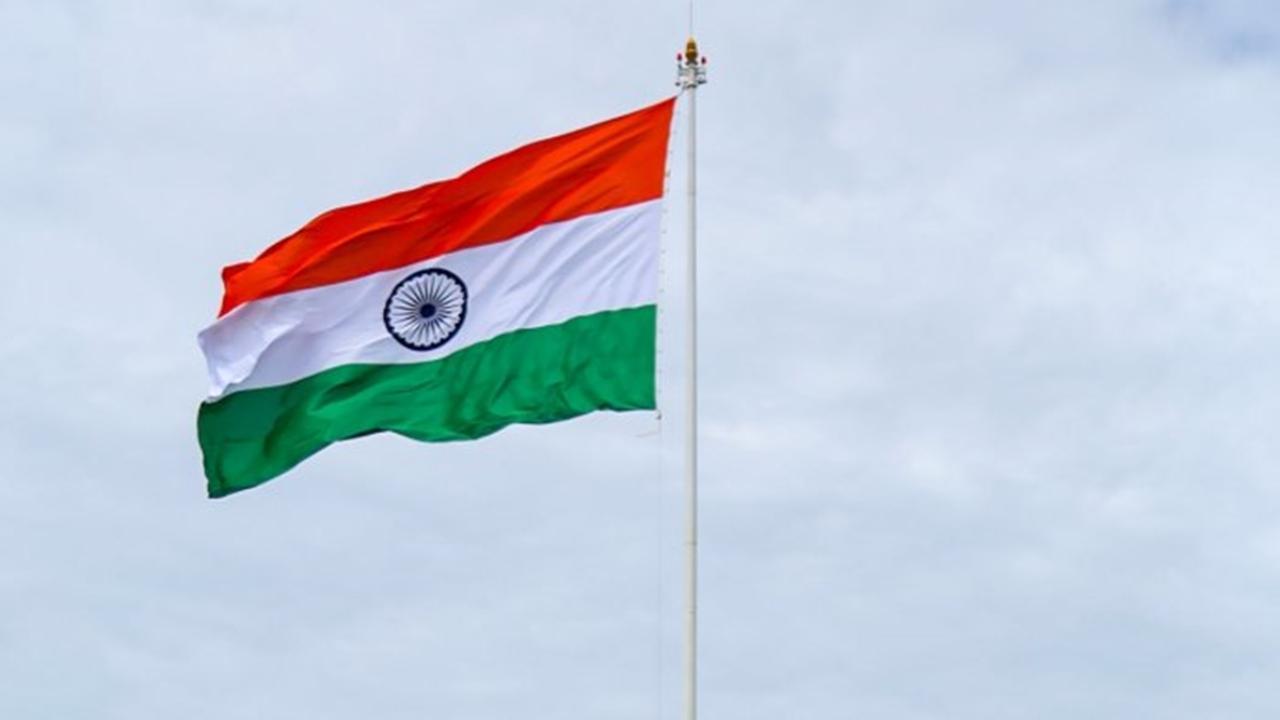On August 15, Independence Day, the Prime Minister hoists the flag atop Red Fort as a reminder of India's victory over colonial forces and the restoration of its identity. The Prime Minister raises the flag, which is fastened to the bottom of the flagpole.

File Photo/PTI
As India commemorates 74th Republic Day today, this day marks the day it attained purna-swaraj (total freedom) and came to be known as the Republic of India. On this day, two years after India attained freedom, the Constitution came into effect.
ADVERTISEMENT
The day is celebrated with military parades, vibrant tableaus portraying many states. The Army, Navy, and Air Force all put out outstanding performances.
In addition to the types of celebrations, there are differences in the ceremonies associated with this day.
Also read: Republic Day: PM Modi pays tribute to martyrs, welcomes Egyptian President Sisi
Instead of being hoisted for Republic Day, the national flag is unfurled. These terms, which are frequently used interchangeably, have different connotations.
On August 15, Independence Day, the Prime Minister hoists the flag atop Red Fort as a reminder of India's victory over colonial forces and the restoration of its identity. The Prime Minister raises the flag, which is fastened to the bottom of the flagpole.
The President unfurls the flag at the Kartavya Path on the Republic Day, in commemoration of the constitution. India had already established itself as a free nation at the time of the first Republic Day. Therefore, the President unfurls the flag that is tied as a bundle atop the flagpole each year.
India didn't have a President on the first anniversary of its independence. The Governor General of India, a position similar to the President that was later abolished, was still Lord Mountbatten. As a result, the President was given the responsibility of raising the flag on Republic Day following two years of the Prime Minister doing so on.
 Subscribe today by clicking the link and stay updated with the latest news!" Click here!
Subscribe today by clicking the link and stay updated with the latest news!" Click here!







